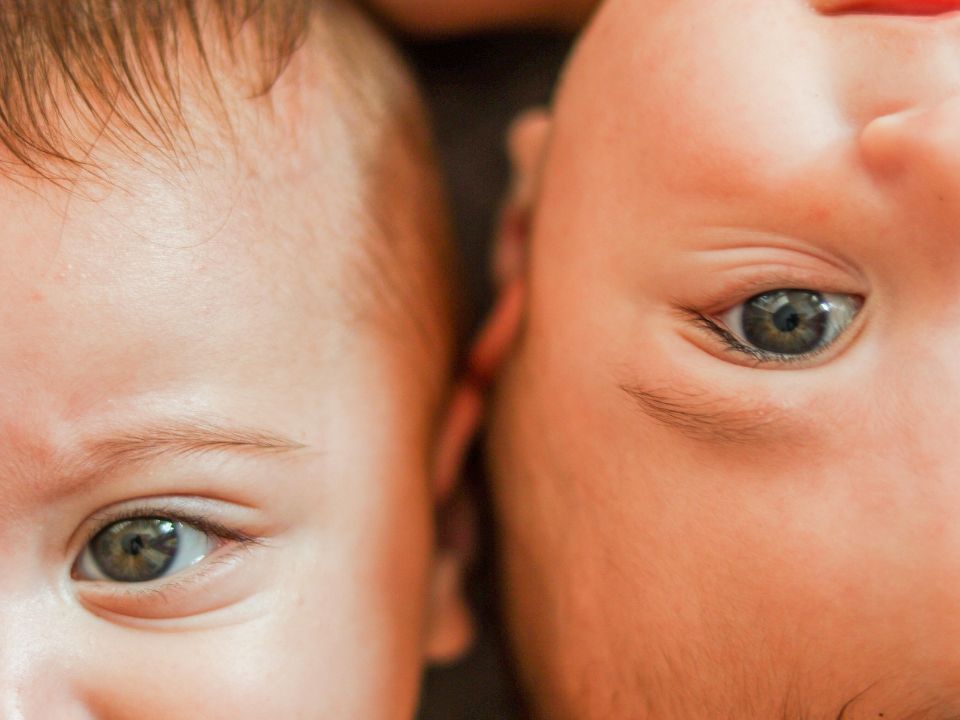According to the World Health Organization (WHO), there are around 10,000 genetic diseases described in the world. This means that seven percent of the world’s population has some of them, manifesting in high rates and costs in public health systems.
It is worth mentioning that these high costs also have an impact on the spirit and economy of families who know that their baby has or will have a genetic disease, and what this diagnosis entails on a physical, medical, emotional, and economic level.
To avoid this type of inconvenience, reproductive health science has developed methods such as Preimplantation Genetic Diagnosis (PGD), a technique endorsed worldwide as a great alternative that complements Assisted Reproduction Treatments.
Learn more about what the PGD is about
Do you want to know what diseases a PGD can diagnose? Color blindness, cystic fibrosis, autonomies, and trisomies just to name a few, but here we present the seven most common genetic diseases in the world that can be diagnosed by a PGD in your fertility treatment.
Inherited or developed genetic diseases
- Down syndrome
Also known as trisomy 21. It is a chromosomal abnormality that has an incidence in one in every 800 newborns, which increases with the mother’s age.
It is caused by the extra copy of chromosome 21 or a part of it and is characterized by the presence of a variable degree of mental retardation, as well as a greater probability of developing conditions in the heart, digestive and endocrine systems.
2.Klinefelter syndrome
It is a condition that men develop due to an extra X chromosome from either parent and is the main cause of hypogonadism; that is, lack of functionality of the testicles.
As it is a disease that physically does not have distinctive characteristics like Down Syndrome, 75% of cases are not diagnosed or are diagnosed late, and only 10% are diagnosed before puberty.
Its main clinical manifestations are tall stature, overweight, neuropsychological alterations, poor genital development, and breast growth.
3. Turner syndrome
It is the combination of a series of characteristic findings due to the total or partial absence of an X chromosome and which affects approximately three percent of female fetuses; that is, one in every 2,500 newborn women.
Some characteristics of girls with this condition are short stature, broad chest and shoulders, short neck as well as swollen feet, and constant heart problems.
4. Hemophilia
It is a condition characterized by strong and prolonged bleeding, where blood clotting is altered.
It is an X-linked disease in which women are the carriers and only manifests itself in men. According to global statistics, 70% of cases are due to inheritance and the other 30% are the result of a mutation.
Only 30% of the population suffering from hemophilia in the world receives optimal treatment.
The list continues
5. Cystic fibrosis
It is a hereditary disease characterized by the production and accumulation of mucus mainly in the respiratory system and pancreas, which causes life-threatening lung infections and severe digestive problems.
The disease is usually diagnosed around two years of age; However, there are cases detected up to 18 years of age or older and they are those who present a milder form of the disease.
6. Sickle cell anemia
It is a hereditary disease that mainly affects the blood and causes a different shape than usual in the red blood cells.
According to the World Health Organization (WHO), this causes a serious risk of death before the age of seven due to sudden attacks of anemia, which lead to severe infections.
7. Huntington’s disease
It is a condition that progressively affects and wears out some nerve cells in the brain.
It can be inherited and developed by men and women alike, and although people are born with the disease, the manifestations begin after the age of 30 or 40.
These manifestations include behavioral alterations such as anxiety and depression, alterations in concentration and memory, voluntary movements and balance.
To date, the disease has no curative treatment.
Increase the chances of success in your fertility treatment
In this context, the PGD Ingenes technique aims to select those embryos that are chromosomally normal; that is, free of chromosomal gains or losses, making it a great complement to our successful Comprehensive BEC Programs.
In addition to diagnosing these and other genetic diseases, this technique allows us to improve the results of Assisted Reproduction Programs by avoiding implantation failures and recurrent pregnancy losses.
At Ingenes we have highly trained specialists and experts to perform this complex procedure, since we are the only institute in Mexico that carries out the entire process in our top-level laboratory, and with the latest in technology to always be at the forefront.
Do not hesitate to go to Ingenes specialists if you have been trying to have a baby for more than a year without results, because thanks to our procedures we have a success rate of up to 96%, the highest in Latin America and which places us as leaders in Treatments. Assisted Reproduction. Our 15 years of experience and more than 35 thousand babies at home support us.
You can also lower your star from the sky with us. Let us help you!


